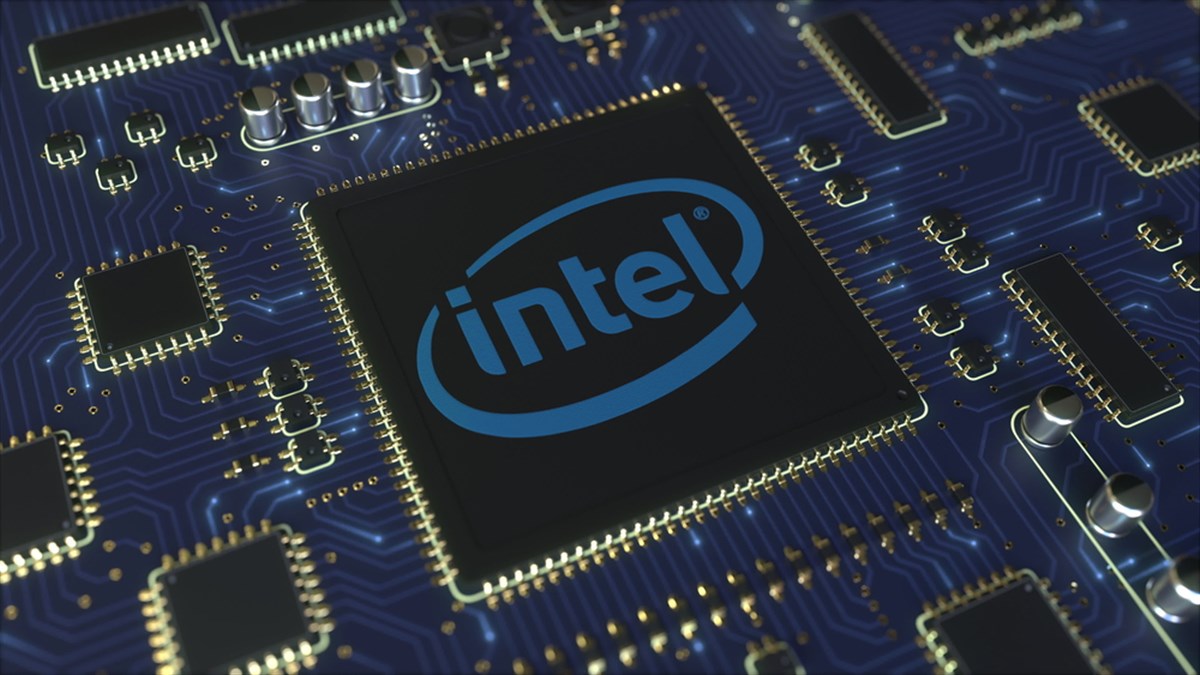

Intel Corporation (NASDAQ: INTC) is a driving force in transforming the semiconductor industry. Intel is actively shaping the future of technology through its innovative chip development strategy.
Intel’s financial results for Q4 2023 offer a glimpse into its operational prowess and strategic positioning in the face of unstable market dynamics. Intel’s most recent achievements in performance serve as a testament to its longstanding innovation and industry leadership history. These accomplishments reflect the company’s internal progress and wider trends and challenges that characterize the semiconductor industry.
Mixed bag of gains and pains
Intel Corporation recently unveiled its financial results for Q4 2023, providing a view of its current standing and prospects. The quarter witnessed a commendable 10% year-over-year surge in revenue, signaling the company’s robust market presence and resilience.
This increase marks the fourth consecutive quarter where Intel’s earnings have surpassed market expectations. This consistency paints a picture of a company effectively navigating the turbulent and volatile tech sector.
Conversely, the rise in revenue stands in stark contrast to the sharp decline in the company’s net income. Intel experienced a significant drop of 79%, resulting in a total of $1.7 billion for the entire year. While still substantial, this drop in net income underscores the volatility and challenges inherent in the semiconductor sector, including ongoing global supply chain disruptions.
Despite these hurdles, Intel demonstrated commendable operational efficiency, evidenced by a gross margin increase of 45.7% from 39.2% in Q4 2022. A substantial $3 billion cost-saving in 2023 further highlights this efficiency gain.
Intel’s R&D and MG&A operational expenses saw a 9% reduction to $5.6 billion in Q4, reflecting a strategic approach to cost management. The company’s financial robustness was also evident in its liquidity position, ending the quarter with cash and cash equivalents of $7.1 billion.
Moreover, Intel’s commitment to shareholder returns remained unshaken, as evidenced by the $0.5 billion paid out in dividends.
2024 forecasts rough seas
The forecast paints a more cautious picture as Intel transitions into the first quarter of 2024. Revenue should be between $12.2 billion and $13.2 billion, falling short of the consensus revenue estimate of $14.15 billion. This lowered revenue outlook points to the ongoing challenges in the semiconductor industry, including intense competition and rapid innovation cycles.
The company’s earnings per share (EPS) guidance for Q1 2024 is set at 0.13, starkly contrasting with the consensus EPS estimate of 0.33. This discrepancy between Intel’s projections and market expectations is a tell-tale sign of the uncertainties looming in the market.
On the profitability front, Intel forecasts a GAAP gross margin of 40.7% and a non-GAAP gross margin of 44.5%, indicating a potential squeeze in profitability margins. The tax rates are anticipated to be (43)% on a GAAP basis and 13% on a non-GAAP basis, further complicating the financial outlook. Intel’s projected GAAP diluted earnings per share (EPS) for Q1 2024 should incur a loss of 25 cents. However, this is compared to a positive non-GAAP EPS of 13 cents, highlighting Intel’s complex financial landscape. This GAAP loss primarily stems from one-time accounting charges rather than reflecting Intel’s inherent profitability.
The EPS revisions and revenue estimates from Intel’s analyst community show signs of cautious optimism mixed with apprehensions about the company’s ability to maintain its growth trajectory. Before the earnings report, Intel’s stock had surged by 65% over the past year, outpacing the S&P 500 index.
Strong Q3 results and strategic initiatives in artificial intelligence (AI) and CPU businesses strengthened this rally. However, the tempered revenue outlook for Q1 2024 has shadowed this upward trend, signaling a potential recalibration of market expectations.
AI focus and market adaptation
Intel’s current strategy revolves around a significant focus on AI and a shift from its traditional stronghold in personal computers to burgeoning domains like data centers and AI-driven technologies. This strategic pivot is in response to the evolving market dynamics and the need to stay ahead in the innovation race.
Chief Executive Officer Pat Gelsinger leads this endeavor and has unambiguously advocated for the pivotal role of artificial intelligence as the foundation of Intel’s future.
Under his guidance, Intel’s investments in artificial intelligence encompass a comprehensive ecosystem. The ecosystem includes specialized Artificial Intelligence accelerators such as Ponte Vecchio, software development tools exemplified by OpenVINO, and, notably, the recent establishment of Articul8, a generative artificial intelligence software enterprise dedicated to delivering solutions for enterprises.
Intel actively invests in neuromorphic computing architectures and quantum technologies, hinting at a future where they aim to push the boundaries of AI processing beyond classical logic. This unwavering commitment to innovation is evident in their continuous collaboration with leading research institutions and startups, further solidifying their position as a key player in the AI and quantum tech ecosystems.
It’s essential to recognize that Intel isn’t abandoning its PC legacy. Gaming machines and professional workstations continue to be a vital source of revenue and demonstrate their ongoing commitment to user experience. Instead, the company is making a strategic shift, harmonizing its traditional expertise with bold endeavors in the AI domain.
Intel’s path forward
Intel’s path through Q4 2023 and into Q1 2024 reflects the broader challenges and opportunities in the semiconductor industry. The company’s ability to exceed expectations in Q4 2023 while facing a more subdued outlook for Q1 2024 epitomizes the balancing act required in this rapidly evolving sector.
For investors and market watchers, Intel’s story is one of a technological titan grappling with market forces and internal restructuring. As the company continues to adapt and pivot towards new technical growth areas, its performance will be a key indicator of the health and direction of the broader semiconductor industry. The coming months will be crucial for Intel as it strives to align its operational efficiencies with strategic goals, navigating the complexities of a market that is as promising as it is challenging.






